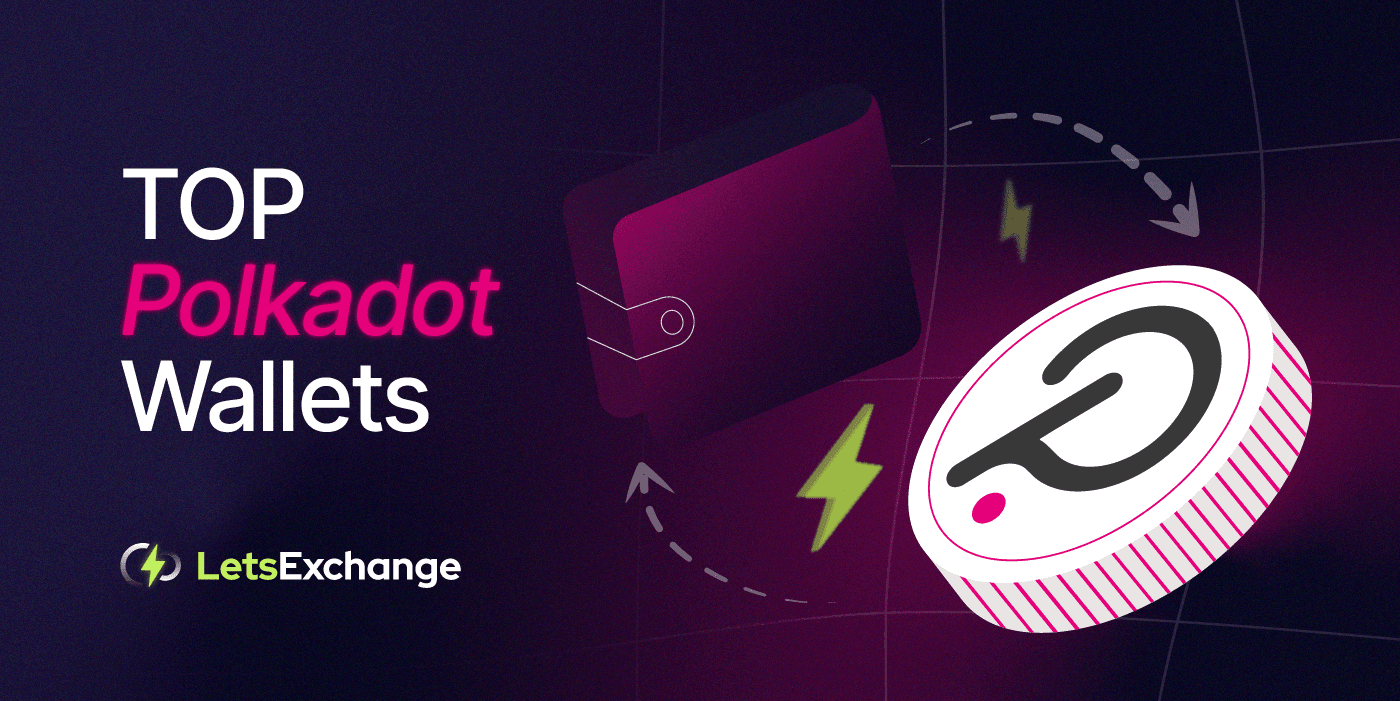Polkadot, a unique player in the blockchain universe, stands out for its interoperability and scalability. It connects various blockchains into a unified network, facilitating cross-chain transfers of any type of data or asset. In this ever-evolving landscape, staking emerges as a vital component, especially for Polkadot. Choosing the best wallet to stake DOT, Polkadot’s native token, is crucial for security, ease of use, and maximizing rewards. This article aims to guide you through the process, helping you select the best wallet tailored to your needs in the Polkadot ecosystem.
Understanding Polkadot Staking
Staking in Polkadot involves locking DOT tokens to support the network’s operations, including governance, consensus, and bonding new parachains. By staking, you contribute to network security and earn rewards. The selection of an appropriate wallet is crucial in this context. The best Polkadot wallet should provide strong security measures, an intuitive user interface, and effective handling of various operations. It should also provide a clear overview of rewards and risks, making it easier for both newcomers and experienced users to engage in Polkadot’s staking environment effectively.
Types of Polkadot Wallets
- Hardware: These physical devices offer the highest security level, storing your private keys offline. Ideal for long-term holders, they are less convenient for frequent transactions. Pros: Enhanced security, immune to online hacks. Cons: Costly and less user-friendly for beginners.
- Software: Accessible through desktop or web platforms, these wallets provide a balance between security and convenience. They are suitable for active users, but are vulnerable to online threats. Pros: User-friendly, easily accessible. Cons: Lower security compared to hardware wallets.
- Mobile: Designed for on-the-go access, mobile wallets offer convenience and user-friendly interfaces. While they provide quick access to delegating features, their security depends heavily on the mobile device’s integrity. Pros: Highly convenient, good for regular operations. Cons: Security risk if the mobile device is compromised.
Best Wallets for Polkadot
- Wiex Polkadot Wallet: A versatile storage provided by Wiex, designed for efficient Polkadot staking. Key Features: Offers a seamless delegating experience with a focus on user-friendliness. Security: Emphasizes robust security measures to protect assets. User Interface: Streamlined and accessible, making it suitable for both beginners and experienced users. Learn more about this wallet on the Polkadot wallet page.
- Polkadot-JS Wallet: The official web-based storage offering full integration with Polkadot features. Key Features: Complete staking functionality, governance participation. Security: Reliable, but depends on the user’s web security practices. User Interface: Comprehensive but may be complex for beginners.
- Ledger Nano X/S (Hardware): Supports Polkadot and ensures top-notch security. Key Features: Secure staking, supports multiple cryptocurrencies. Security: Highly secure with offline storage. User Interface: Straightforward, requires Ledger Live software for management.
- Fearless Wallet (Mobile): A user-friendly mobile option specifically designed for the Kusama and Polkadot ecosystems. Key Features: Easy delegating, portfolio management. Security: Decent, but as secure as the device it’s installed on. User Interface: Intuitive and easy for beginners.
Each wallet type and example has its own set of pros and cons. The choice depends on individual preferences regarding security, convenience, and frequency of use.
Factors to Consider When Choosing a Wallet
When selecting a Polkadot staking wallet, consider these critical factors:
- Security: Prioritize holders with robust security features like two-factor authentication, encryption, and recovery options.
- Simplicity: It’s important for the holder interface to be easy to use for managing staking.
- Support: Choose wallets with good customer help for any problems or questions.
- Additional Features: Consider extra functionalities like multi-currency support, real-time statistics, and integration with other financial tools.
How to Stake DOT in a Wallet
To stake DOT in a wallet, follow these general steps:
- Choose a Wallet: Select one that supports Polkadot delegating.
- Transfer DOT: Deposit your DOT tokens into the wallet.
- Access Staking Section: Navigate to the staking section in your wallet.
- Choose a Validator: Select a validator to delegate your stake. Research their performance and reliability.
- Stake Your DOT: Follow the instructions to stake your DOT with the chosen validator.
- Manage and Optimize: Regularly check your staking status and consider rebalancing or reallocating to different validators for optimized rewards.
Remember, delegating involves risks, and it’s essential to stay informed and active in managing your assets.
Risks and Best Practices
Risks:
- Validator Risks: Choosing unreliable validators can lead to lost rewards or penalties.
- Liquidity Risk: Staked tokens are locked and can’t be quickly accessed for trading.
- Security Risks: Online storages are susceptible to hacks and phishing attacks.
Best Practices:
- Research Validators: Thoroughly research validators’ history and performance.
- Diversify Validators: Spread your stake across multiple validators to mitigate risk.
- Regularly Update and Backup: Keep your storage software updated and backup your holder regularly.
- Use Secure Networks: Always access your holder via secure, private networks.
- Stay Informed: Keep abreast of Polkadot network updates and adjust strategies accordingly.
By understanding these risks and adhering to best practices, you can safeguard your assets and optimize your staking experience.
Conclusion
In conclusion, finding the best wallet to stake Polkadot requires careful consideration of security, user-friendliness, and additional supportive features. Each wallet type, from hardware to mobile options, presents distinct advantages and challenges. It’s essential to align your choice with your personal requirements and staking objectives. Staking in Polkadot is not just about earning rewards; it’s also about contributing to the network’s robustness and functionality.































